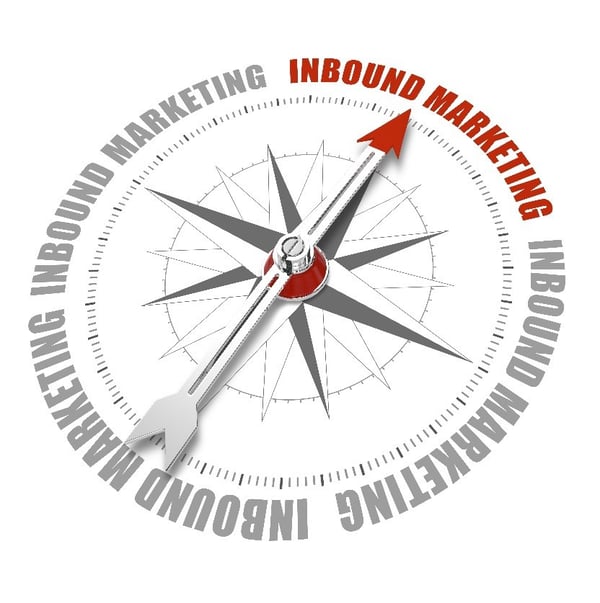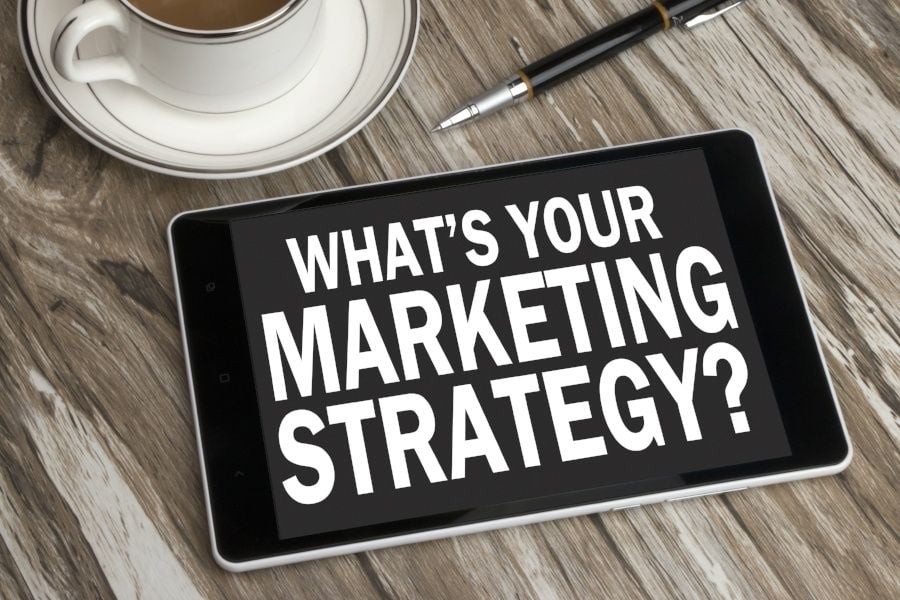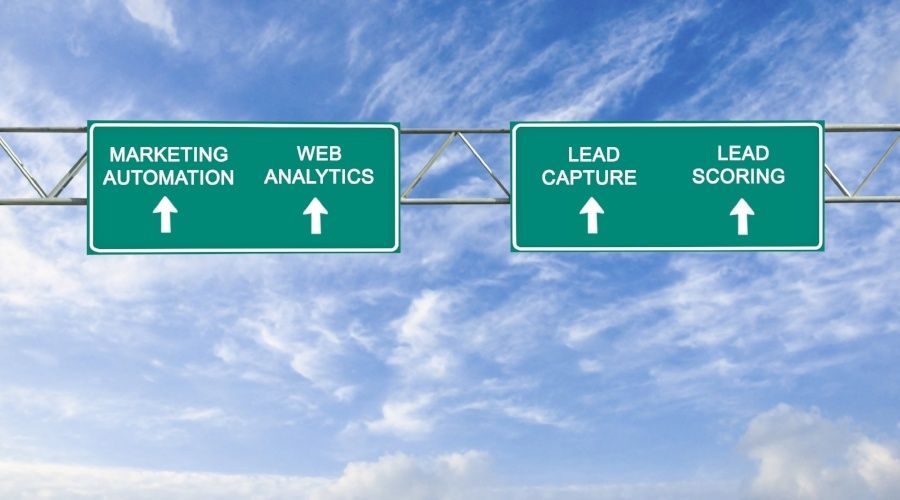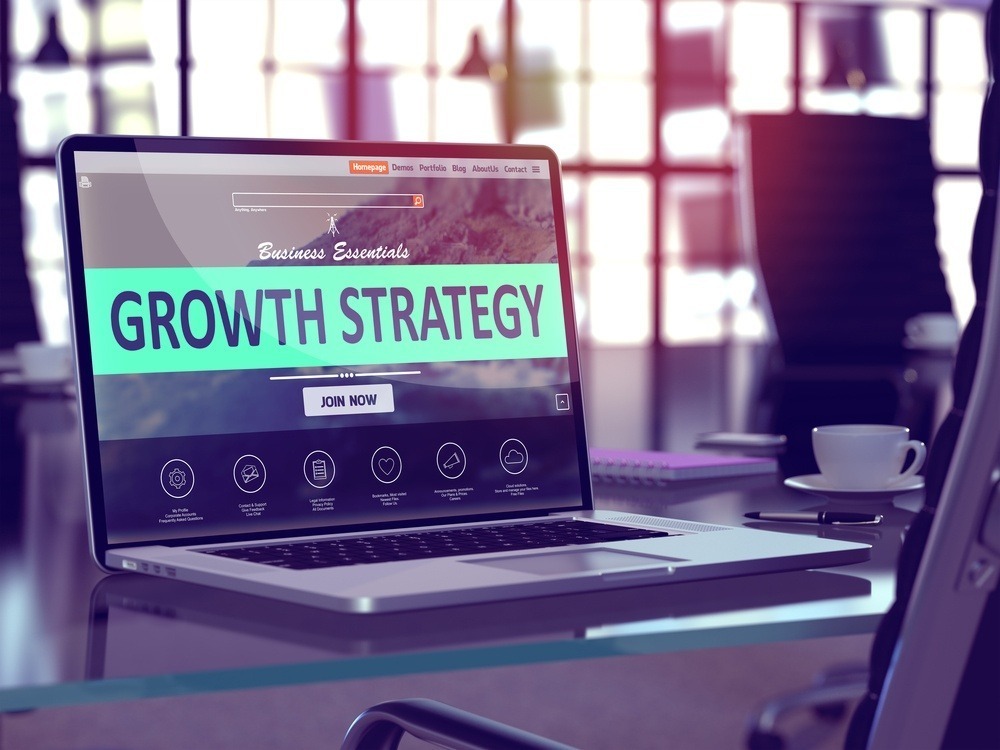
Inbound marketing has become the most effective way to promote your business in 2019. Consumers no longer respond to traditionally promotional messages. Instead, they want to be educated and informed, requiring a base level of trust and credibility before deciding to do business with you.
At its core, inbound marketing flips traditional promotional tactics by drawing your audience to you rather than pushing promotional content out to them.
Educational content not only accomplishes that draw, but also makes your audience more likely to stay connected with your business after they become leads and customers.
But unfortunately, inbound marketing is also complicated. It requires a number of integrated digital tactics from social media to search engine optimization, all working in harmony to guide your audience through the sales funnel.
If you're not already an expert on the topic, how do you even begin to implement it? In this beginner's guide, we will outline a simple plan that can help you not just build a strategy, but getting your content in front of your audience to start increasing awareness, growing leads, and generating sales.
Step 1: Know Your Audience
Any type of marketing effort has to begin with understanding who you actually want to attract. That's no different in inbound marketing, though another wrinkle adds to that equation: buyer personas.
Successful inbound marketers don't just know their target audience's demographics or locations. They can also infer their future customers' pain points, questions begging to be answers, and motivations. And they get to that point using persona development.
Buyer personas, in short, are hypothetical customers based on traditional target audience analysis. By assigning a face and backstory to each audience group you look to target, you can begin to develop content and marketing messages specifically designed to answer their potential questions.
This guide on buyer persona development can get you started in this crucial first step.
Step 2: Build Your Website Framework
Once you know your audience, it's time to start building your actual marketing framework. In inbound marketing, the foundation of that framework has to be your website.
Your website will be home to the content your audience eventually seeks out. It's also where you generate inbound leads, which are vital in the inbound marketing process. Put simply, it's the hub toward which all of your marketing messages point, and from which all of your leads originate.
That means building your website has to be strategic. Some components need to include:
- The capability for and prominent placement of a business blog.
- The ability to house and host gated content, such as whitepapers and webinars.
- Individual landing pages for each piece of gated content that are optimized for conversion.
- A visual homepage that includes natural placements for lead-generating calls to action.
- A search engine optimized format that highlights strategically researched keywords your audience typically searches for.
Developing the right website for your inbound marketing strategy may be the most complex aspect of this guide. But it's also the most crucial, so be sure you get it right before moving on.
Step 3: Start a Business Blog
In many ways, your blog will be the engine that drives your content-based marketing strategy. It's the perfect opportunity to enhance your search engine optimization by focusing on targeted keywords.
And of course, it also helps you focus on the topics and answer the industry-related questions your audience might have.
As everything else in your plan, your blog needs to be strategic. For example, it makes sense to publish a new post multiple times per week for maximum readership, engagement, and lead generation. A content calendar can help you keep your topics timely and relevant to your audience.
Step 4: Choose Your Social Media Outlet(s)
Even when it's SEO-focused, a blog will only gain limited readership and attention if you don't promote it. That's where social media enters the equation. In 2017, every business should have a social media presence. For inbound marketing, getting it right is just as crucial as having one to begin with.
The options are plentiful. Countless networks exist today, all of which (other than Facebook) offering unique value to their users and attracting different demographics.
Your job is to find a network that overlaps with your audience. Start by researching demographics, then match up typical users with your buyer personas.
As is the case with your blog, the content itself matters as much as your choice of network. A few tips include:
- Publish often, depending on the ideal frequency for major social media networks.
- Focus on visual content wherever possible, as it is much more likely to engage your audience.
- Stay away from too much promotional content, focusing instead on generating value for your followers.
- Regularly highlight your new blog posts, in ways that are educational rather than promotional.
- Engage with your audience, answering comments and complaints in an honest and timely fashion.
Step 5: Build Your Long-Form Content
Both social media and your blog serve to bring visitors to your website. Now, it's time to build a component that converts them to leads.
The most straightforward way to accomplish that feat is to create long-form, gated content. This type of content is free, but requires your visitors to sign up on the above-mentioned landing pages through your website.
They give you their content information, and in return get to read content that goes beyond a social media update or blog post.
To be successful, of course, this content has to be particularly valuable and relevant to your audience. Some of the many options include:
- Whitepapers, such as how-to guides related to your product/service and industry.
- Webinars with industry updates and research that your audience wants to learn.
- Free software trials or product demos.
- Cheat sheets and checklists designed to help your audience accomplish relevant tasks.
Step 6: Create Your Lead Nurturing Strategy
With the right gated content and landing page, your get your audience in the door. Now, it's time to use the contact information you've gained in order to gently nudge them toward becoming customers.
In inbound marketing, this process is called lead nurturing. Software like HubSpot allows you to set up an automated flow of emails that provide additional value beyond the sign up, slowly morphing into more direct sales pushes over time.
Done right, lead nurturing significantly increases your customer conversion and sales. This guide goes deeper into setting up a nurturing strategy, along with some best practices to follow along the way.
Step 7: Set Goals and Milestones
At this point, you've set up your inbound marketing framework. Now, you have to make sure that it's actually successful. That means determining your marketing goals, or what exactly you want to get out of your strategy.
Some potential goals include:
- Increased web visitors
- Increased visitor to lead conversion rate
- Increased total leads
- Increased lead to customer conversion rate
- Increased total customers and sales.
Attach specific numbers and timelines to these goals to make them measurable. Chances are you will need to measure more than one, to determine the success of each step mentioned above.
You can also set up milestones for each goal that allow you to benchmark the success of your current efforts, and make adjustments to right the ship.
Step 8: Seek External Help Where Necessary
Through the above seven steps, you can break down your inbound marketing plan and increase your chances of successful implementation. At the same time, you might still find them too complex to implement on your own.
In that case, don't be afraid to seek external help. Software like HubSpot is a great start, and so is finding a partner who can work with you to build a strategy designed to increase your awareness, leads, and customers.
We'd love to be that partner for you. Contact us to learn more about our inbound marketing expertise, and to start talking about a potential partnership.













